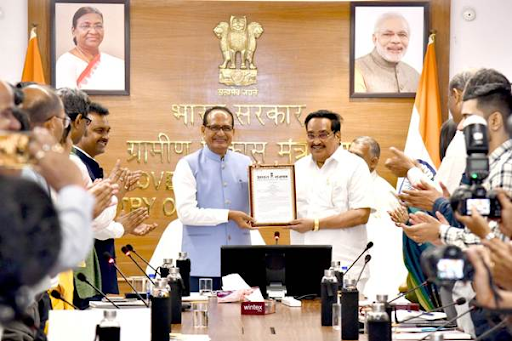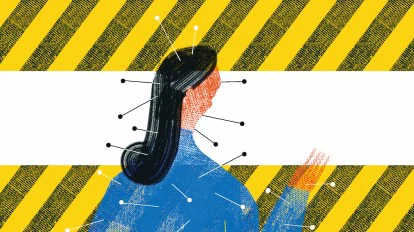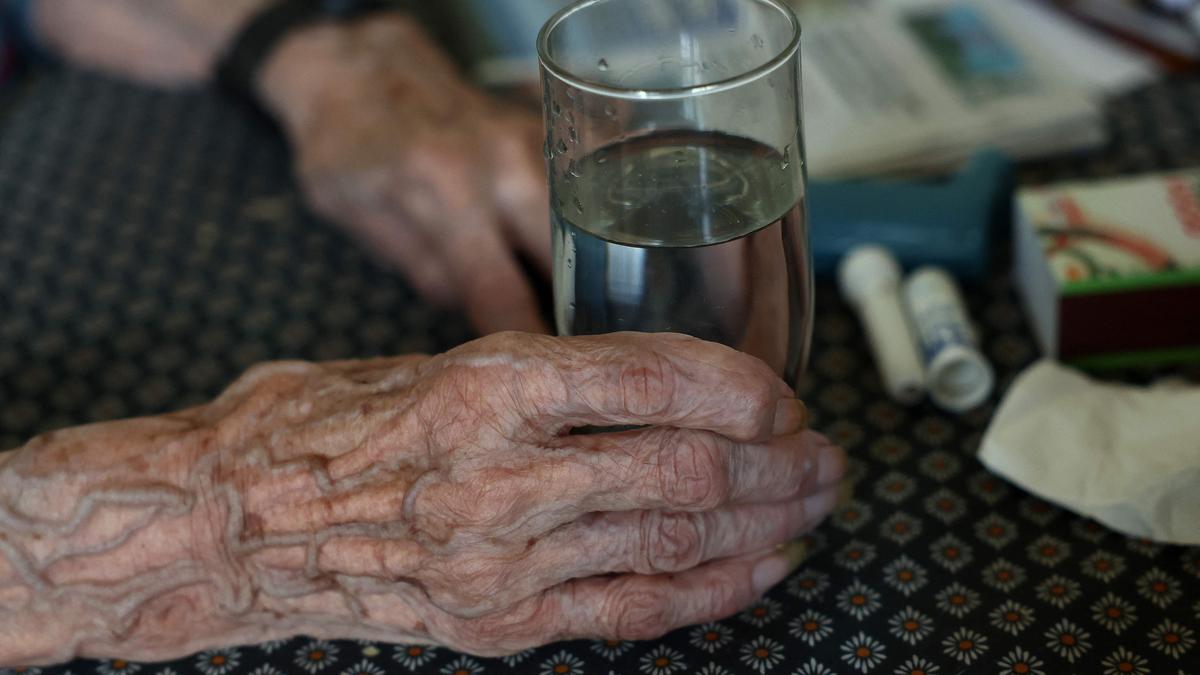



Key Findings:
Rape cases
Simple hurt
Cognizable crimes
Cybercrimes
CHRI statement
Conclusion: “The low percentage of cases registered just under the POA Act alone indicates that very few cases alleging specific discriminatory actions on the basis of caste and tribal identity that are defined as atrocities under Section 3 of the Act are being registered on their own.







© 2025 iasgyan. All right reserved